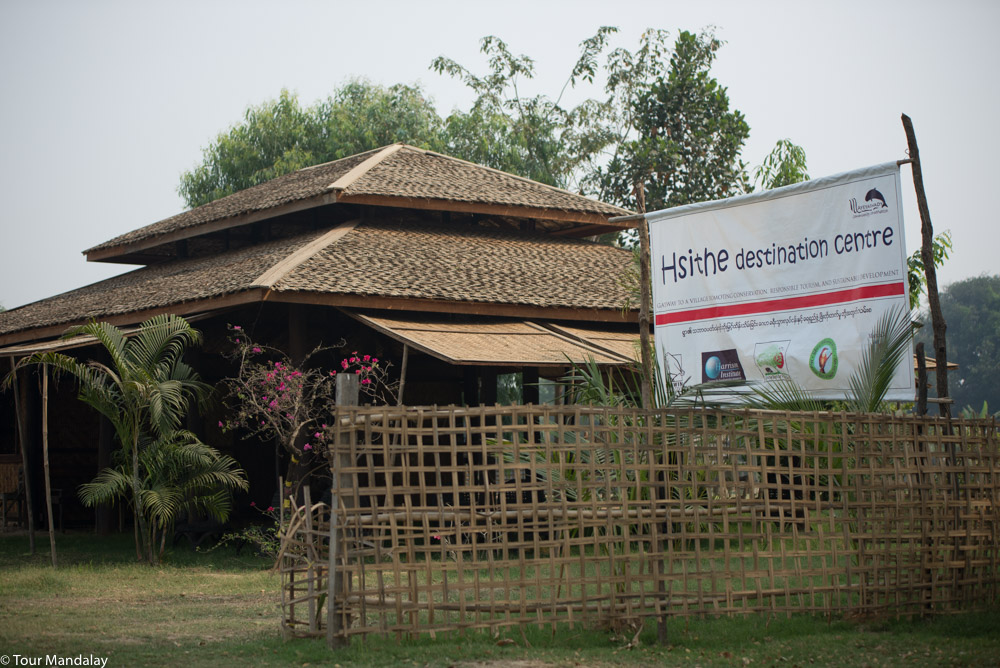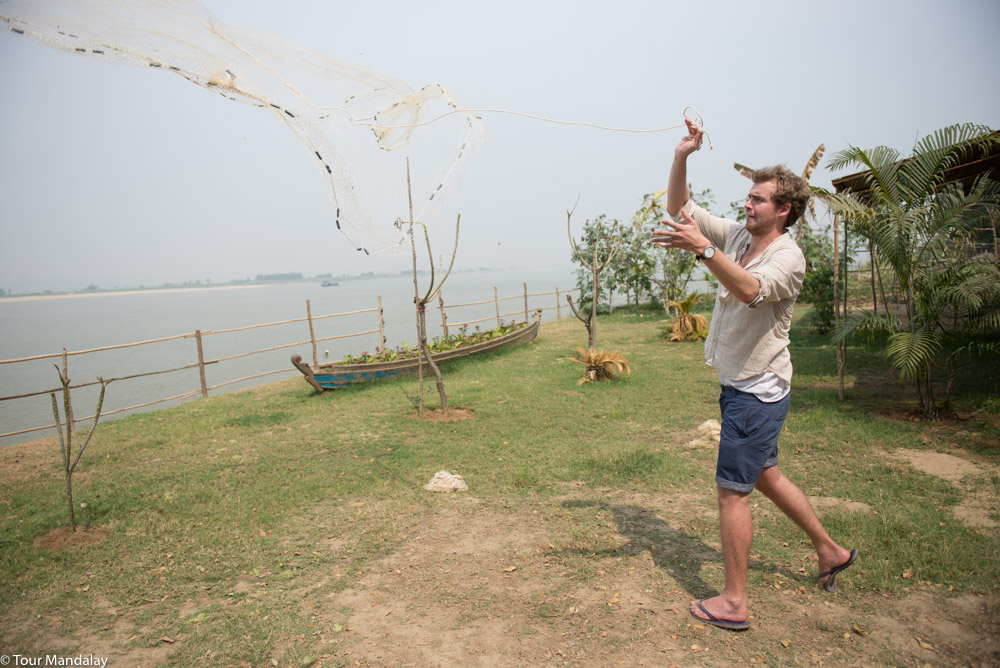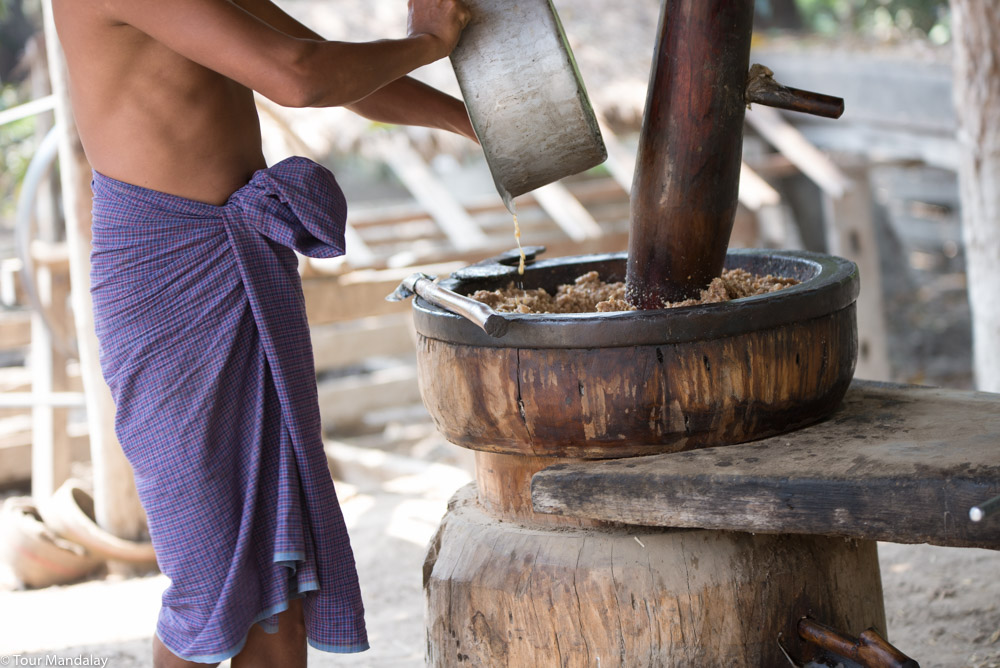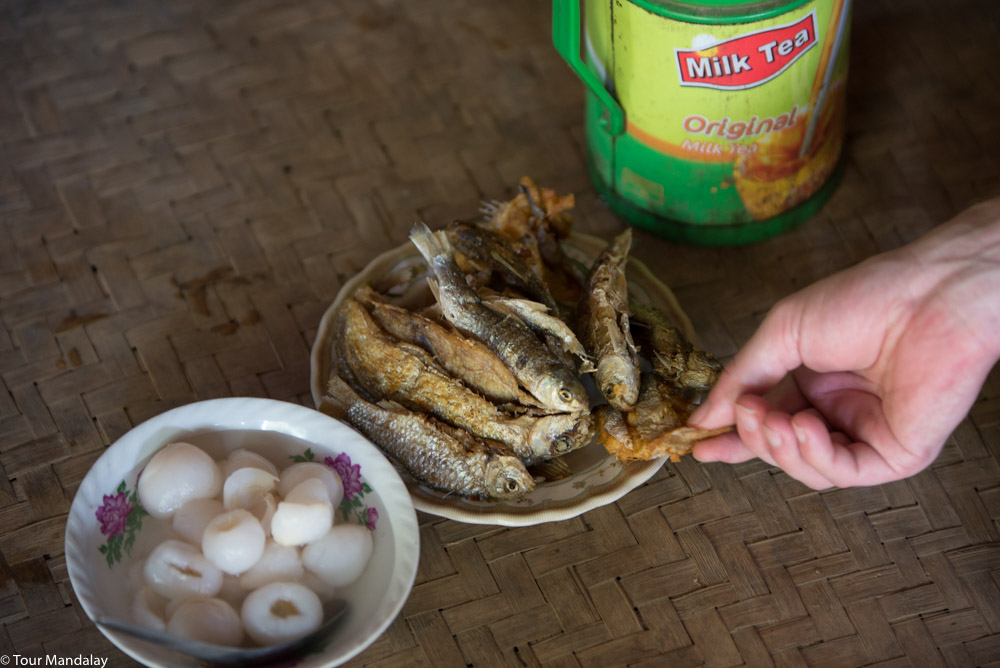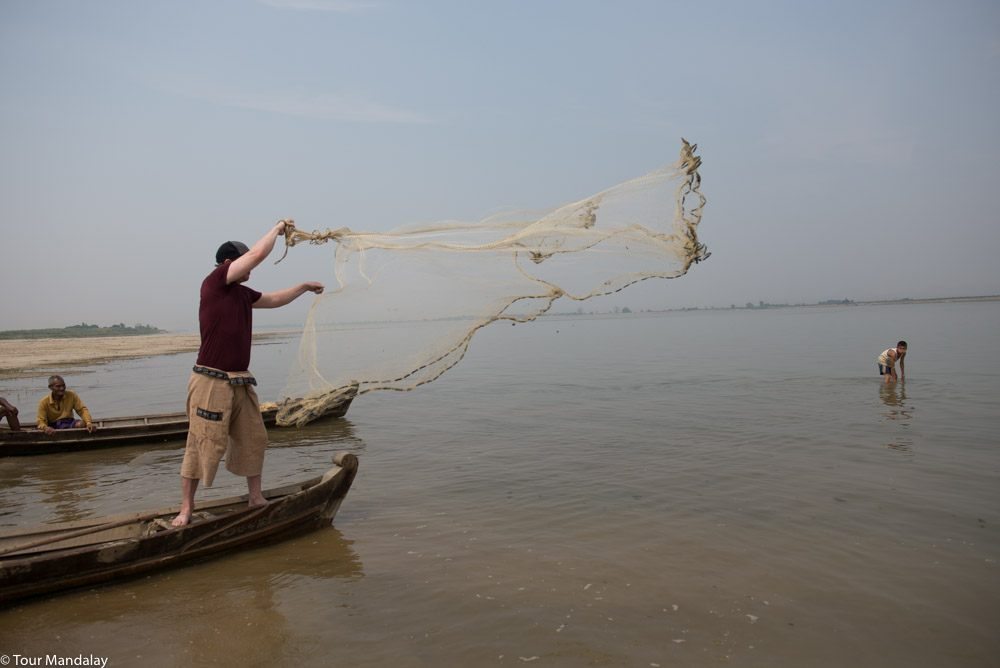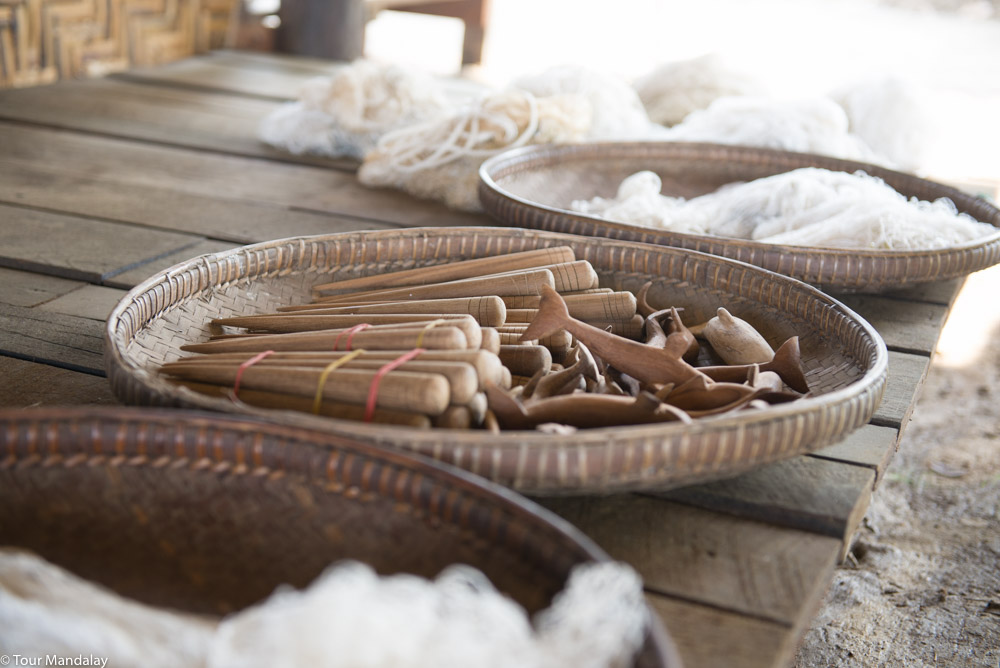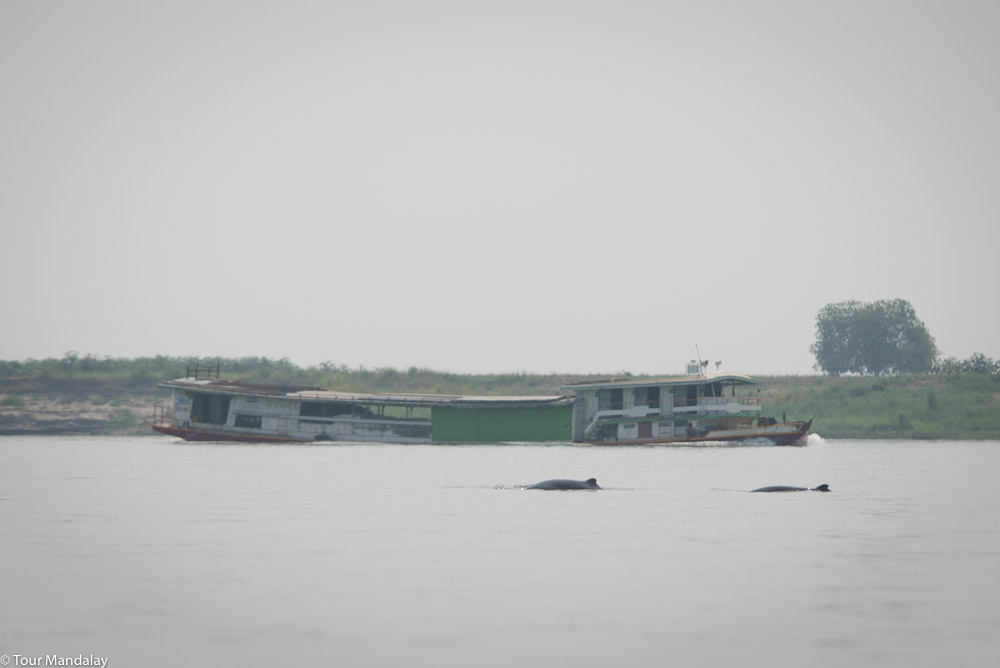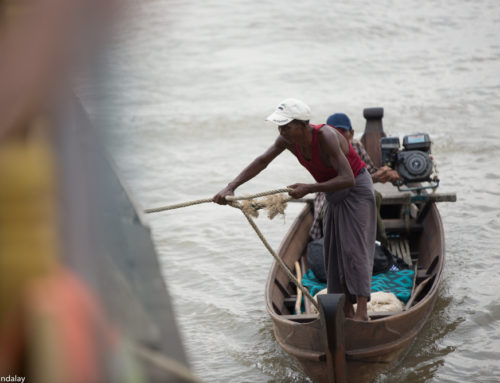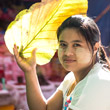In March 2016 Tour Mandalay were invited by the Harrison Institute to trial its Irrawaddy Community Conservation Project in the village of Hsithe (approximately 60km north of Mandalay by car). There are also plans to open up a similar project in Myit Kan Gyi (approximately 45km from Mandalay), but at the time of writing, this was still in the process of being set-up. These destinations are part of a national/international project to conserve the critically endangered Irrawaddy River dolphin and the cultural traditions of the fishing communities who fish cooperatively with them.
No thanks to electric fishing, mercury poisoning, accidental entanglement in fishing nets and habitat degradation, it is no surprise that Myanmar’s Irrawaddy dolphin population is fast depleting. In fact, the number is currently estimated at 50-60. One hundred years ago, it was common for them to be sighted anywhere between Pyay and Bhamo (a 900km stretch), whereas now the they can only be found between Bhamo and Mingun (a 400km stretch).
Not officially operational until November 2016, Tour Mandalay were of course delighted to be offered the opportunity to test out this excursion first and here’s our thoughts.
As with most touring in Myanmar, an early wake up was required. We left spot on at 7am and didn’t arrive in Hsithe until 10am (the drive itself is approximately 2.5 hours long, then it’s necessary to take a 30 minute boat journey to the village).
A short walk away from the bank of the river where we pulled up was a bamboo constructed visitor centre (there are plans to build one in Myit Kan Gyi also). The aim of this is to:
1) Provide visitors with information about the river, its wildlife and its people
2) Provide villagers with the chance to produce and sell handicrafts
3) Visitors will be able to enjoy light refreshments and snacks under shade
After a short briefing about the project and devouring a bowl of freshly harvested peanuts, Tour Mandalay were then taught how to cast the community’s traditional style fishing nets (on dry land, not water). The nets contain hundreds of pieces of lead, which makes them surprisingly heavy, but thankfully they come in a variety of different sizes and weights so they’ll be suitable for most.
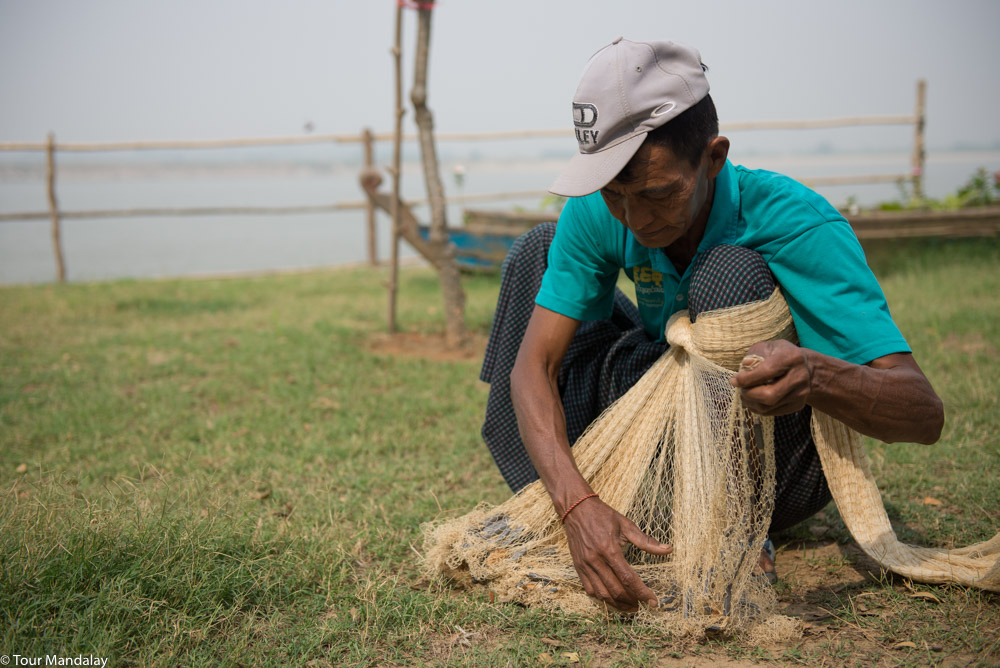
A local fisherman instructs Tour Mandalay’s staff about the fishing net and the traditional method of fishing
After a lot of laughs due to our distinct inability to cast, we then embarked upon an adventure around the local village. The purpose is to introduce visitors to the rich culture of the local communities and can include:
1) Traditional fishing with dolphins (although this is extremely rare and should not be expected)
2) Lessons on agriculture, especially peanut production and rice farming (two of the villages most profitable exports)
3) A first-hand insight into home-based industry e.g. the production of cigars, fishing nets, peanut oil, tailored garments
4) Typical Myanmar village architecture, including houses, barns and monasteries
5) The chance to experience monastic life and naturally converse with an old monk (assuming he’s around of course).
Although it was swelteringly hot, we thought the village excursion was extremely enjoyable. It would surely be a great inclusion for those keen to witness an authentic/slightly more laid back way of Myanmar life. Seeing as it’s only accessible by boat, it’s also important to mention that the village is extremely ostracised and the locals clearly appreciated our presence.
During our tour of the village, we stopped off at the monastery to converse briefly with the resident Pongyi (Monk). As is the way with situations like this, we were welcomed in and offered food. An unusual mix of lychee, dried fish and warm milk (fresh from the cow apparently). In these situations it is rude to refuse so we ate as much as we could before making our way back to the visitor centre.
After a short rest in the welcome shade of the visitor centre, we then reconvened with the local fisherman again and headed out by boat on to the Irrawaddy. This provides tourists with a great opportunity to experience traditional village life and will also provide the chance to:
1) Further test out their casting skills
2) Experience short fishing trips where they can observe and photograph traditional fishing. If they are lucky, they may cross paths with a dolphin (although when selling, this should NEVER be guaranteed).
At the end of the experience it’s possible to stop off at the visitor centre’s souvenir shop. This stocks interesting and authentic handicrafts for the visitors and in turn provides a much needed source of income for the villagers. Handicrafts include:
1) Carved wooden items such as dolphins and dolphin summoning sticks (the fisherman tap these on the side of the boat to communicate)
2) Recycled cement bags, i-pad casing and make-up bags
3) Homemade local produce such as mango jam, honey, cheroots and spices
4) Mini fishing nets
Just to confirm, this experience is not going to be available until November 2016. The Harrison Institute are still in the process of finalising the logistics, but ideally it will follow in the same order as above.
It is important to stress that the purpose of this excursion is NOT to see the Irrawaddy dolphins, but to learn more about the small fishing community that has cooperated with them for generations. Luckily for Tour Mandalay, just as we were on the way back to the car we caught a glimpse of some dolphins from our boat thus helping to ensure the tour ended with a bang.
Overall we thoroughly enjoyed ourselves, but due to the distance (5-6 hours total journey time), it’s not going to be possible to recommend this to everyone. It will however be sure to appeal to serious nature enthusiast and the environmentally conscious traveller. It’s also important to note that it’s primarily a conservation project and not a tourist attraction so numbers will be strictly controlled.

